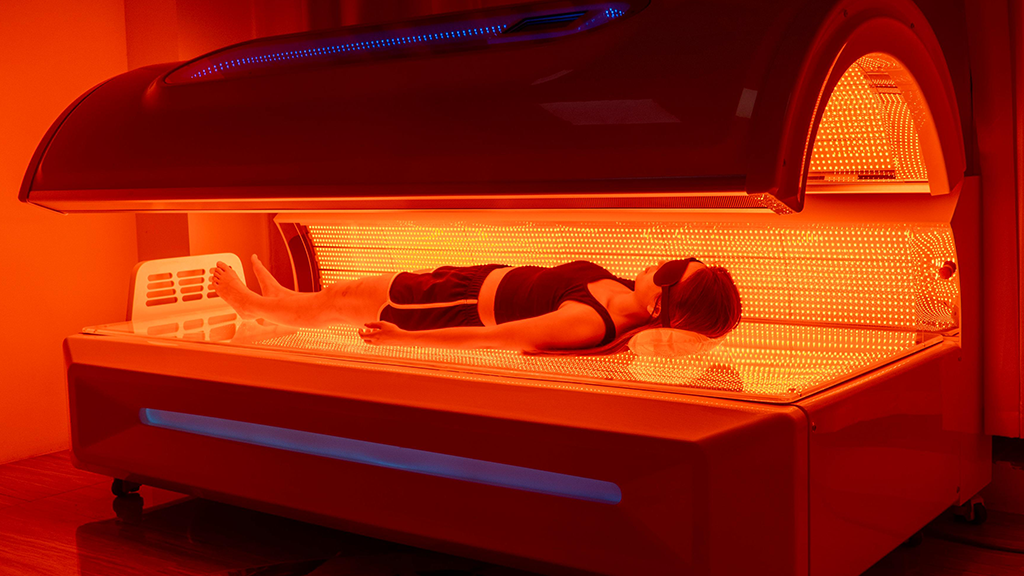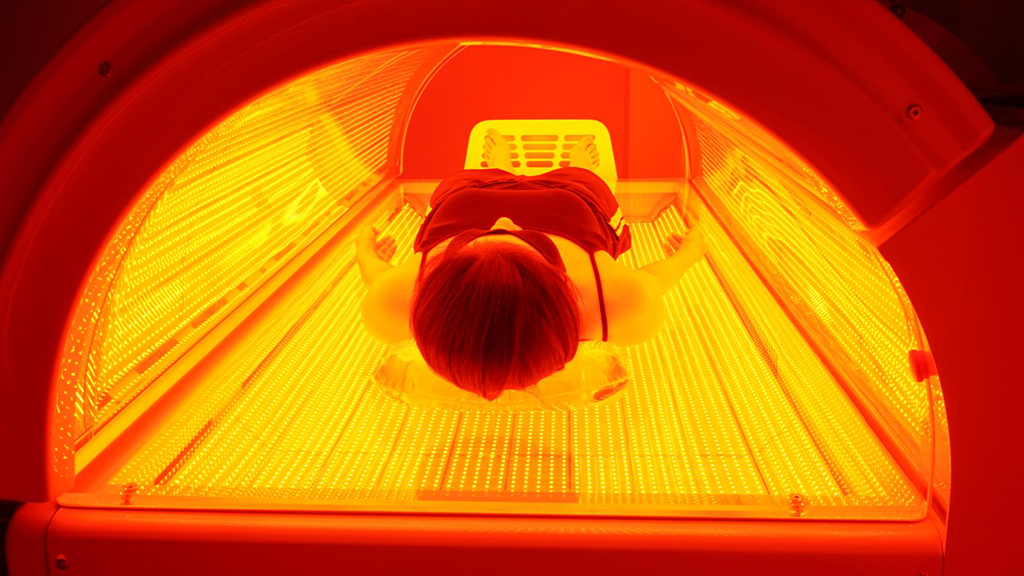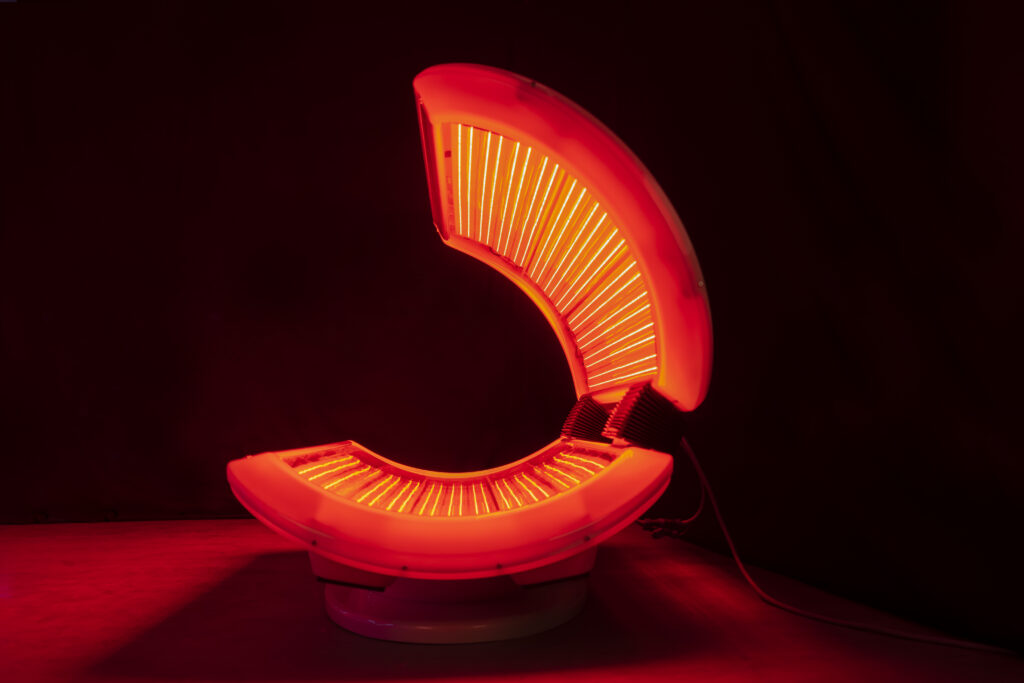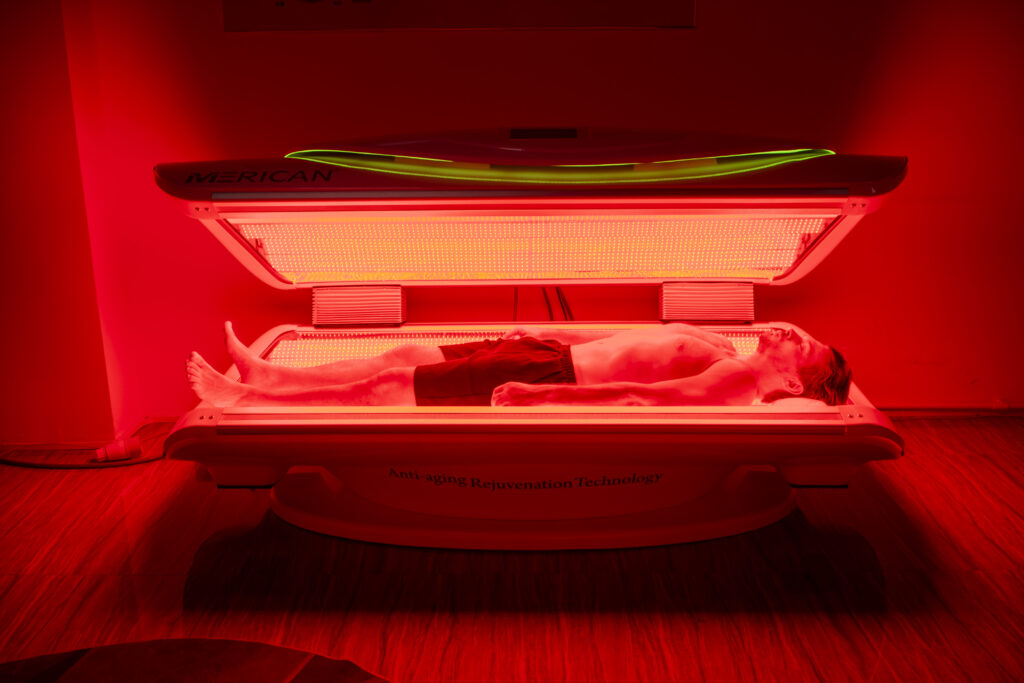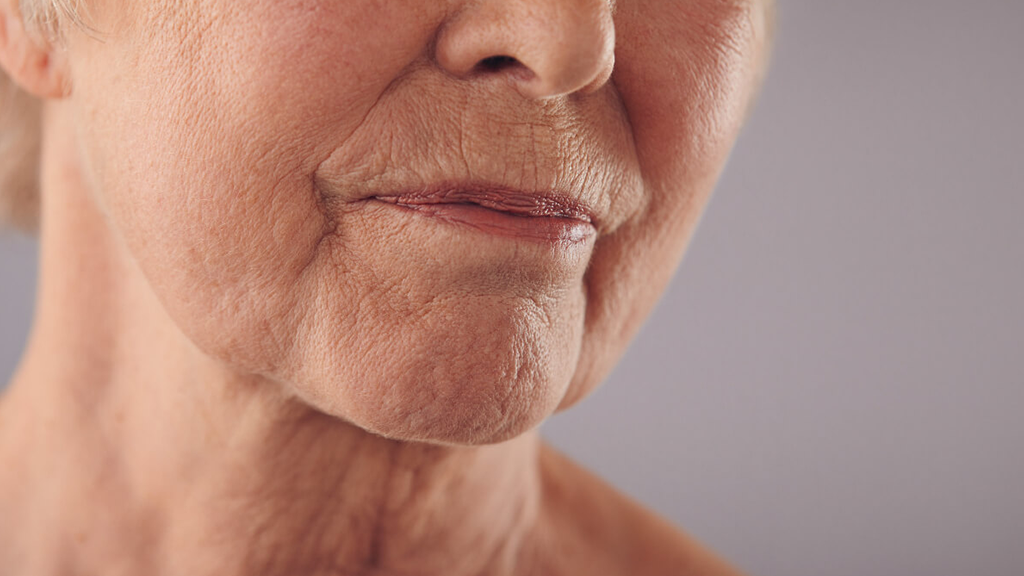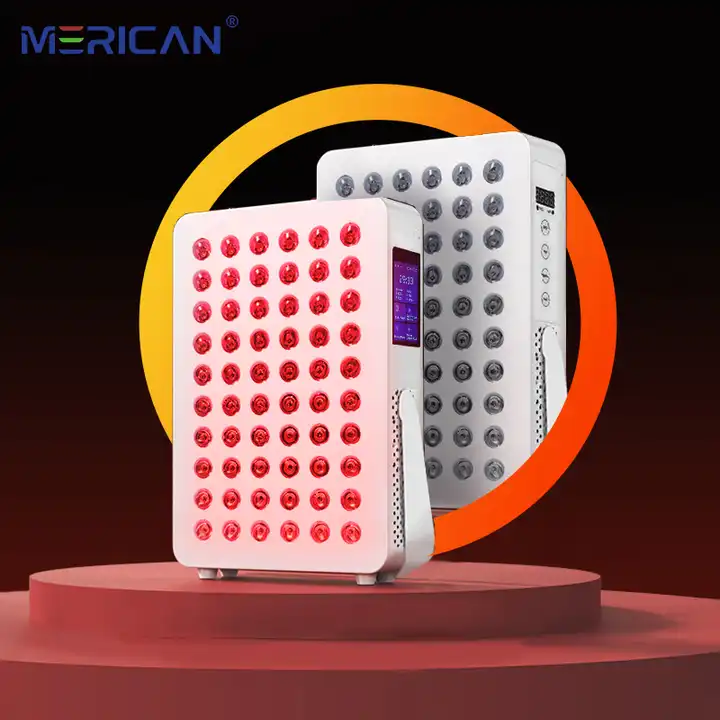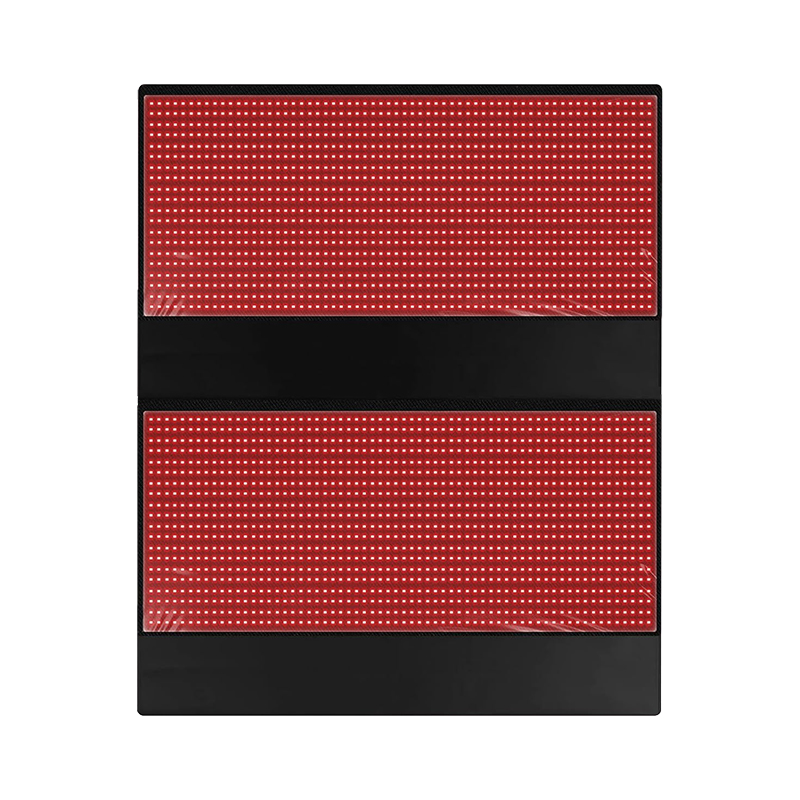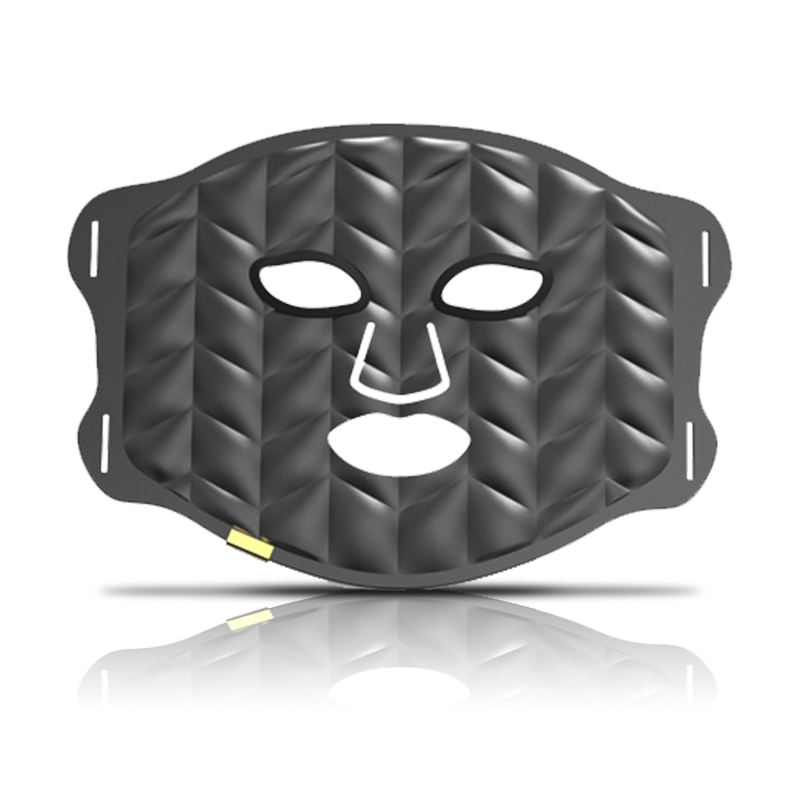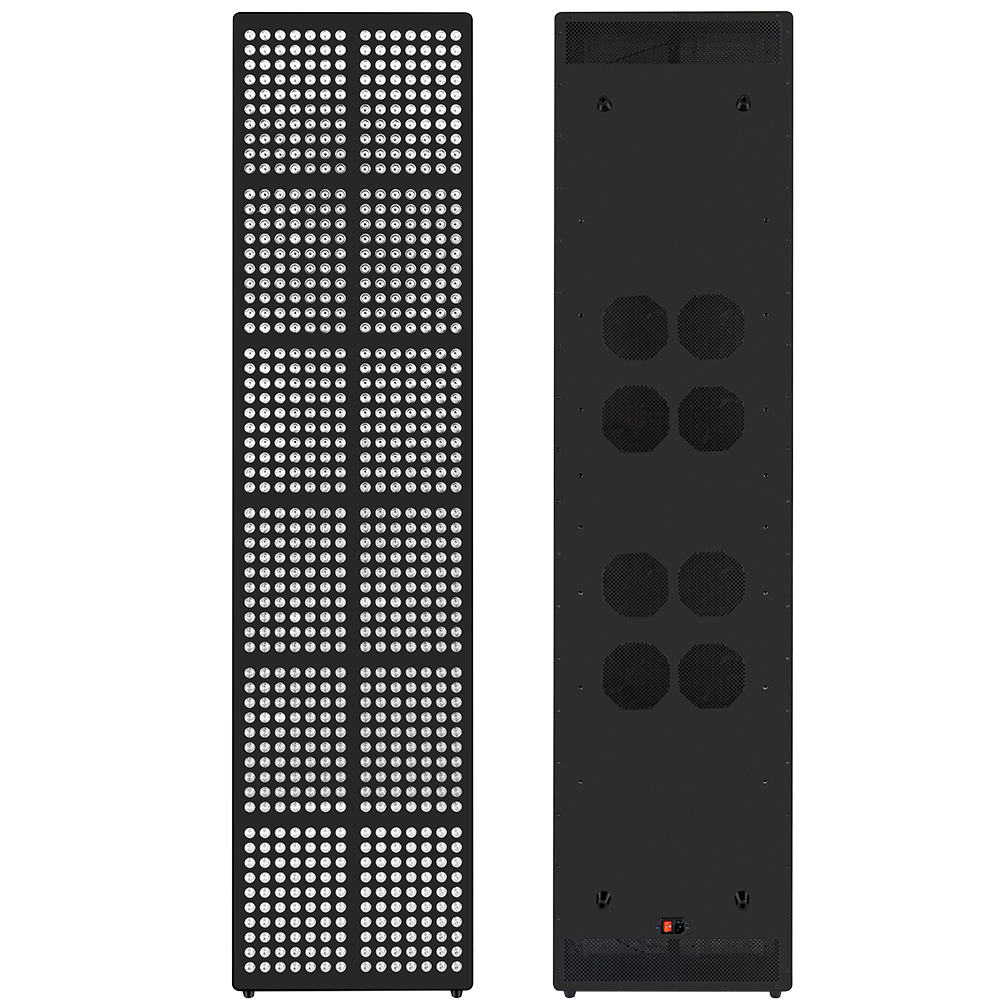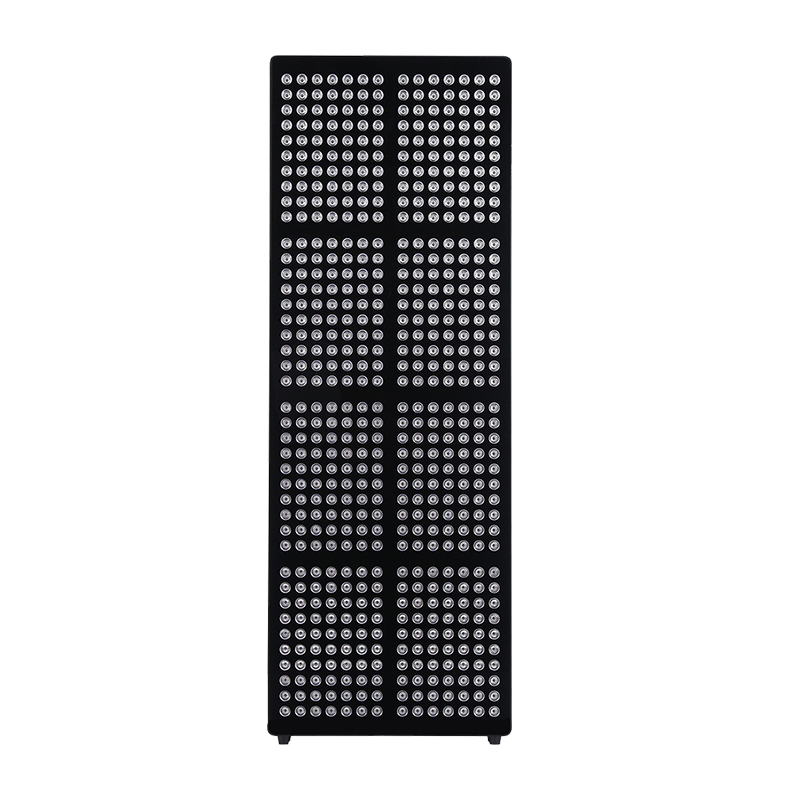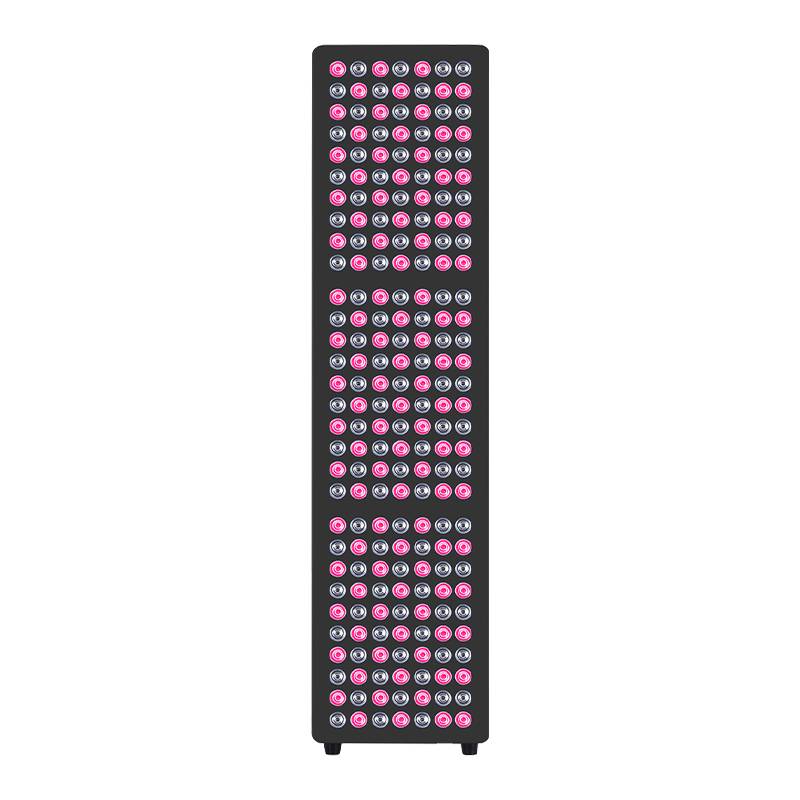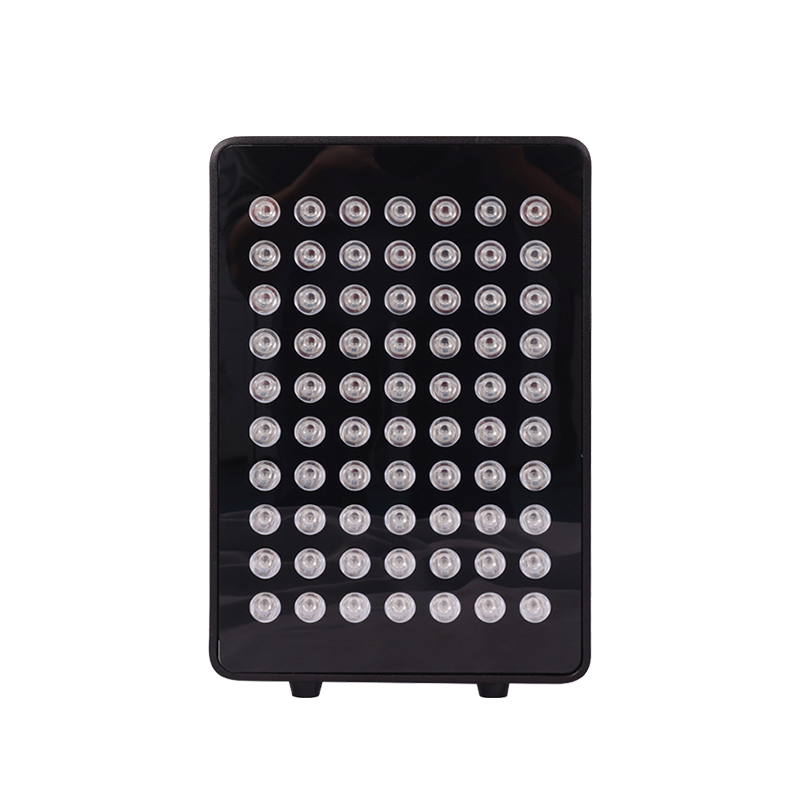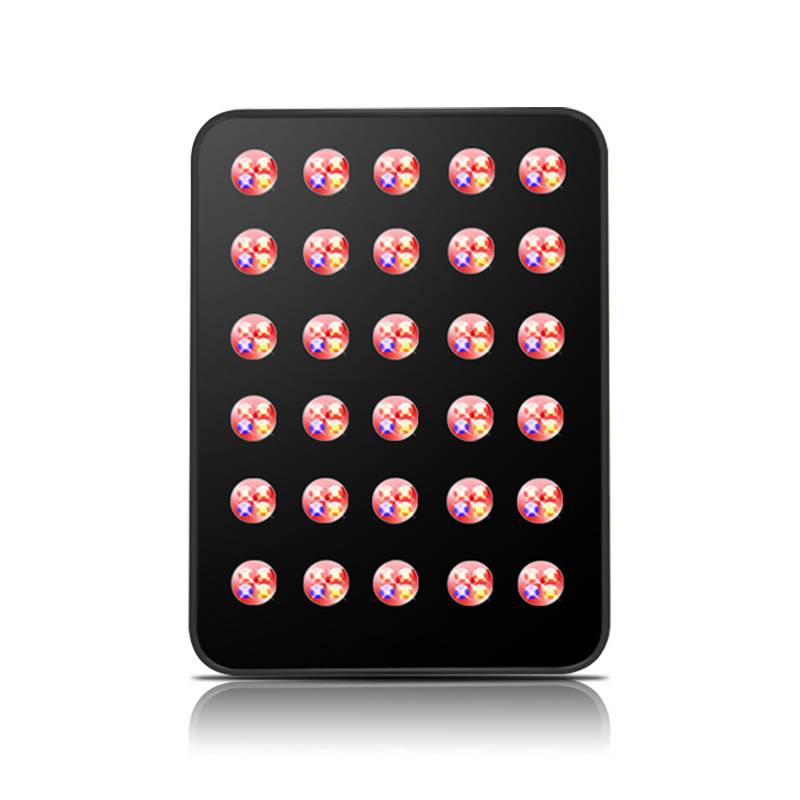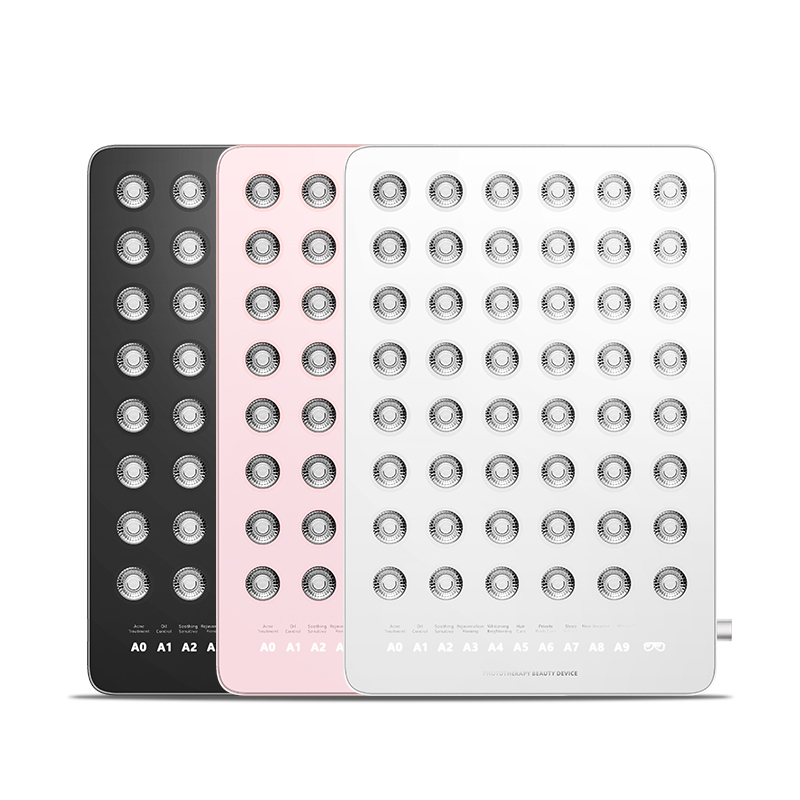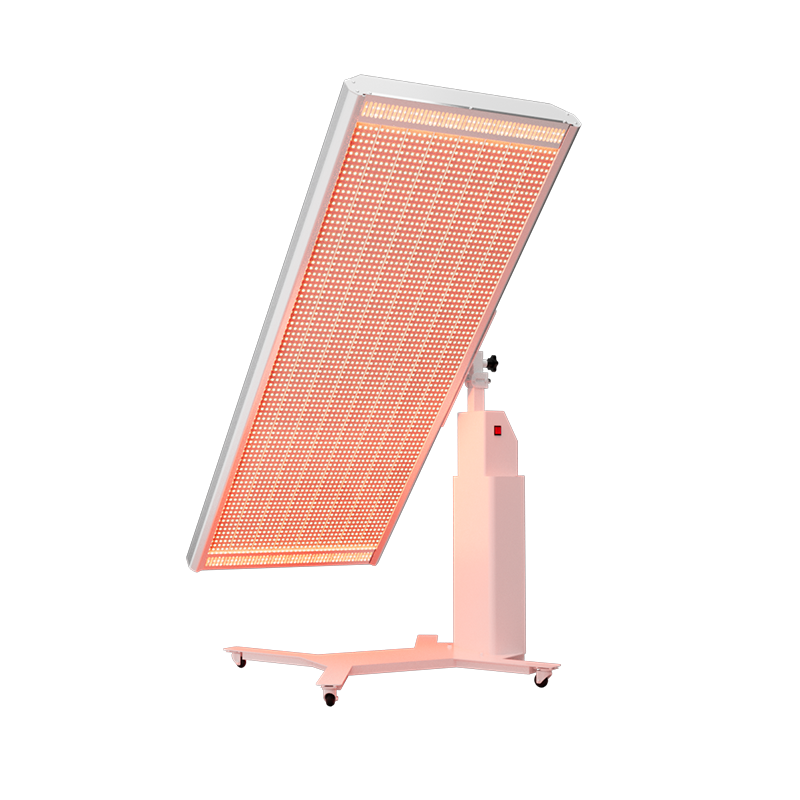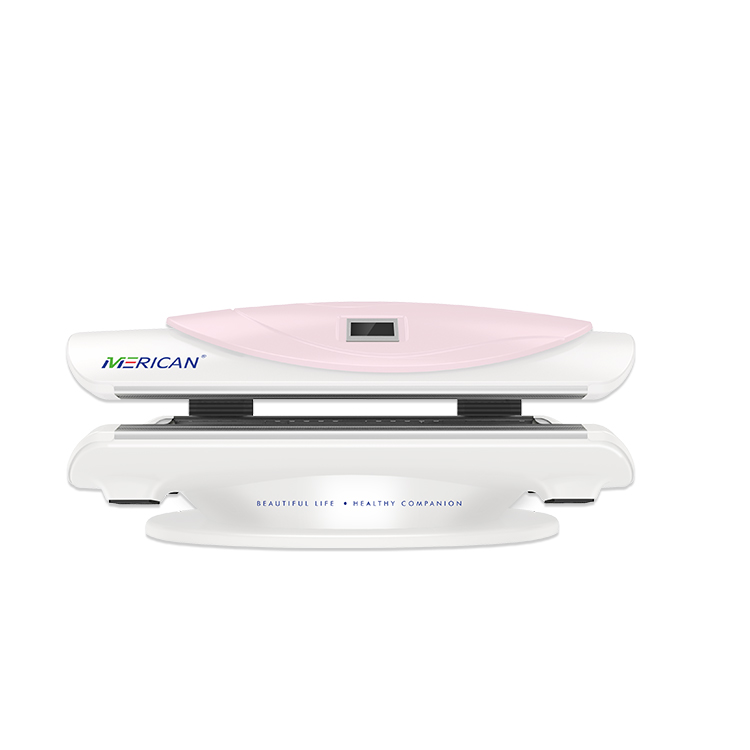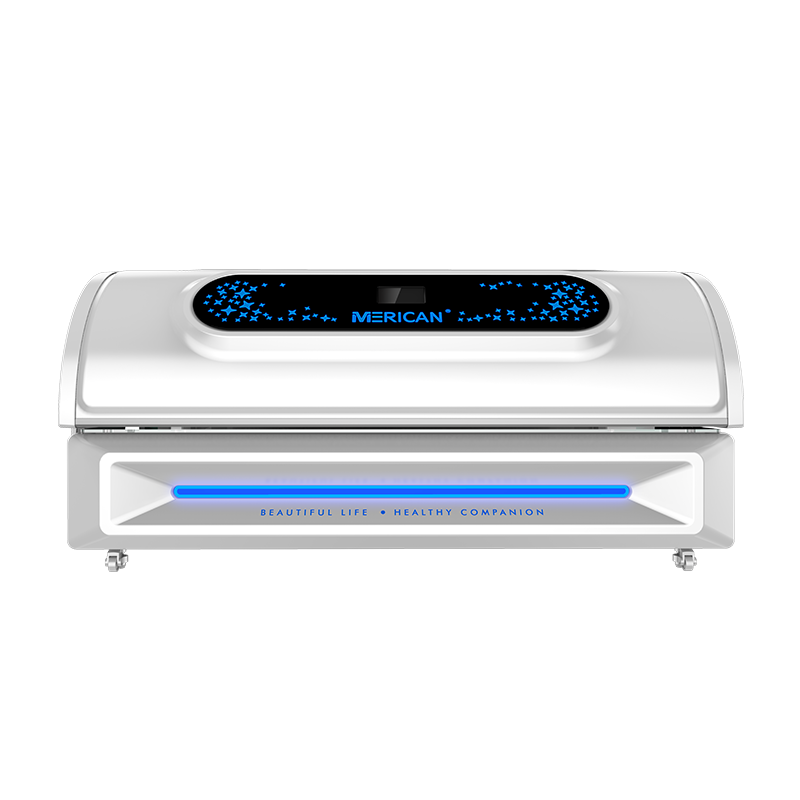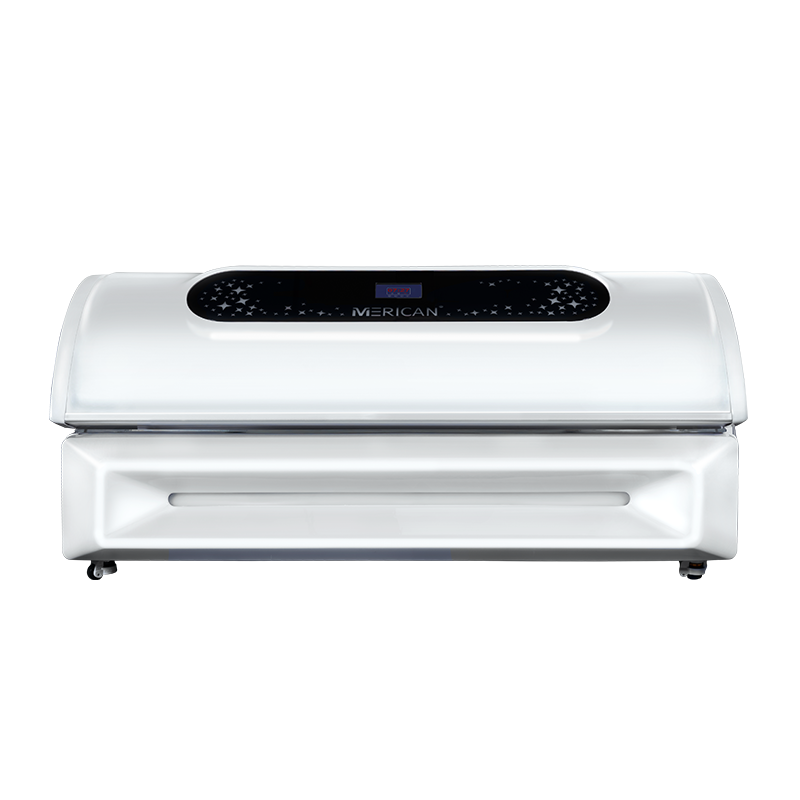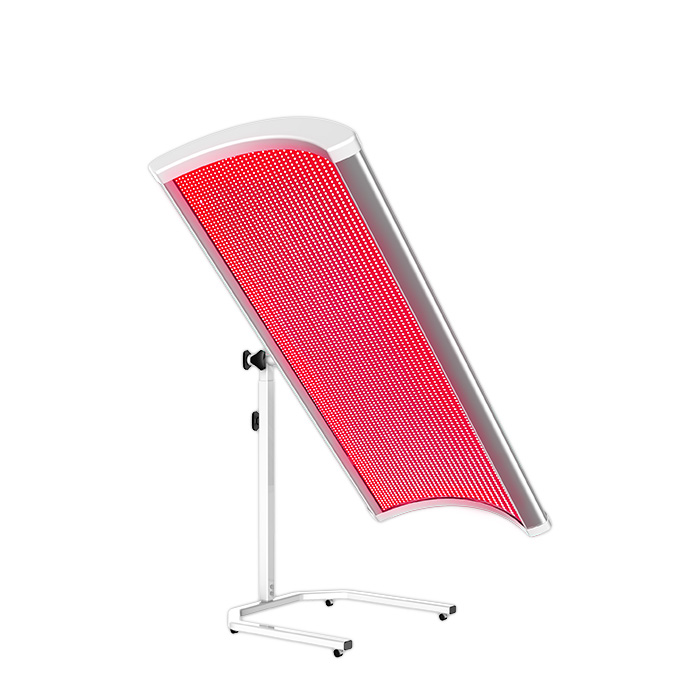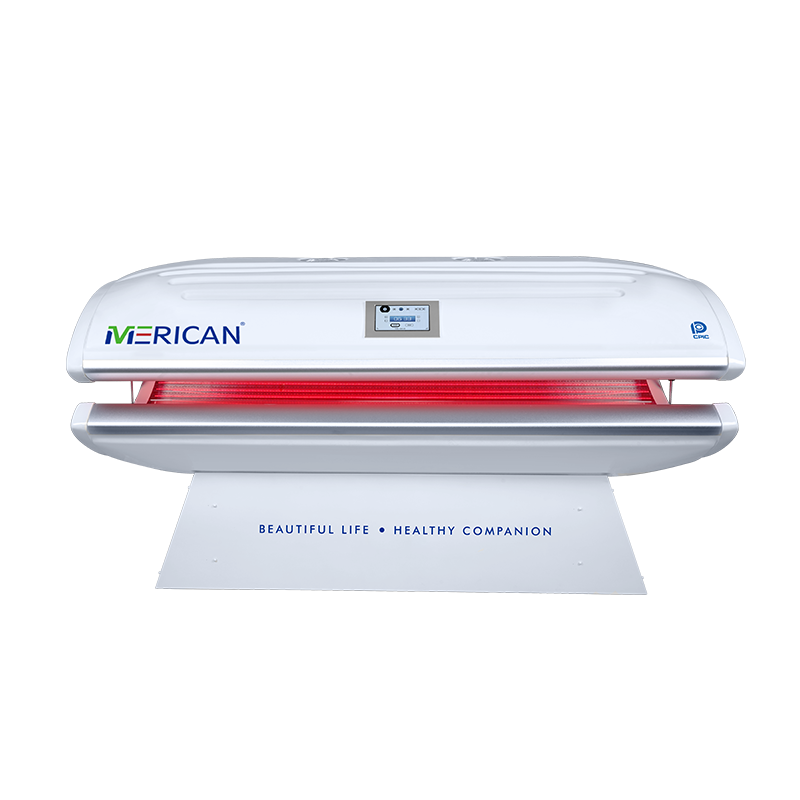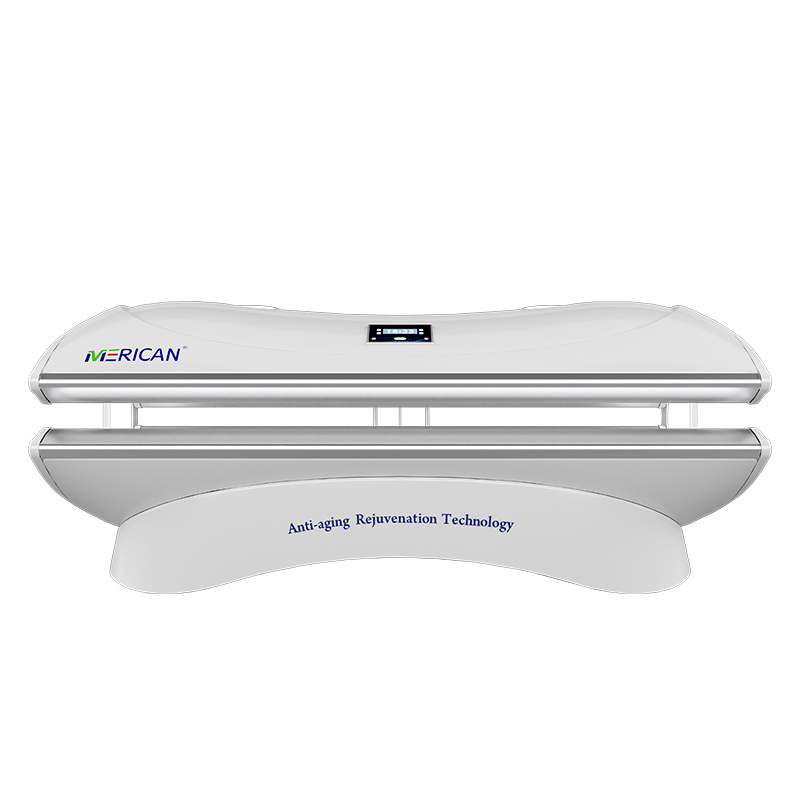1. What is irradiance in red light therapy?
Irradiance is the power of light delivered per unit area, measured in mW/cm². It determines how much energy your skin receives during treatment.
2. What is a good irradiance level for red light therapy?
An irradiance of 20–60 mW/cm² is considered effective for skin treatments, while 80–100+ mW/cm² may be used for deeper tissues like muscles and joints.
3. Is higher irradiance always better?
Not necessarily. Too much light can cause diminishing returns or overstimulation. Optimal dosing matters more than just high output.
4. What irradiance is best for anti-aging or skin rejuvenation?
For skin concerns, 20–40 mW/cm² is usually sufficient, with treatment times of 10–20 minutes per area.
5. What irradiance is ideal for pain relief or muscle recovery?
Higher irradiance around 80–100 mW/cm² is preferred for deeper penetration into tissues, such as for joint pain or inflammation.
6. How can I measure the irradiance of my red light therapy device?
Use a light meter calibrated for red and near-infrared light. Many manufacturers also provide irradiance specs tested at specific distances (e.g., 6″, 12″).
7. What distance affects irradiance the most?
The farther you are from the light, the lower the irradiance. For best results, stay within the recommended distance (6–12 inches) for your device.
8. Does session time change with different irradiance levels?
Yes. Lower irradiance needs longer exposure, while higher irradiance shortens treatment time. Balance total energy (Joules/cm²), not just power.
9. How many Joules/cm² should I aim for in a session?
Effective energy doses range from 4–10 J/cm² for skin and 20–60 J/cm² for deeper tissues. Use irradiance × time to calculate this.
10. Is there such a thing as too much irradiance?
Yes. Extremely high irradiance can overheat the skin or reduce cellular response. Stick to scientifically backed ranges and follow manufacturer guidelines.


